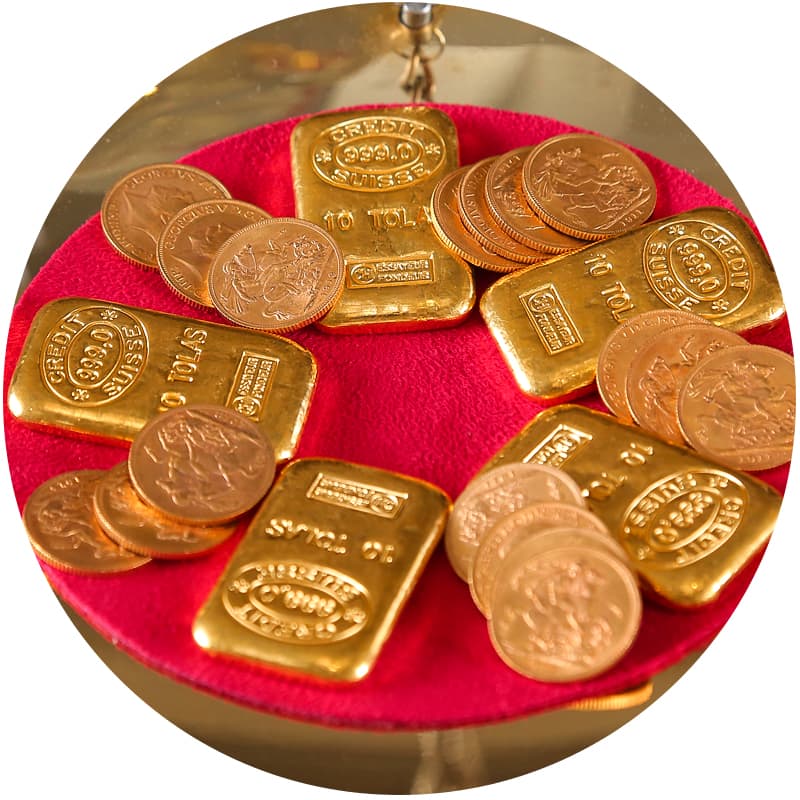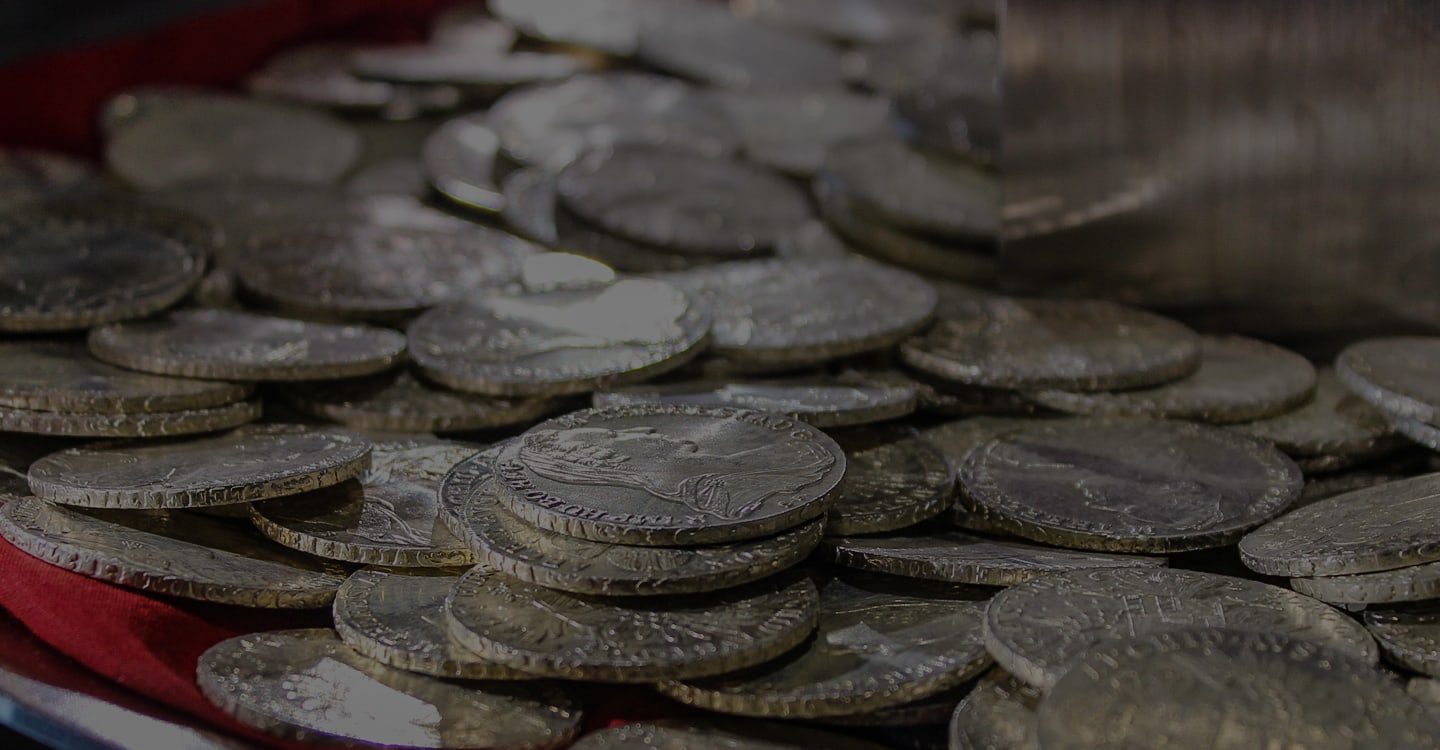
Coinage
Not only is Emirates NBD the custodian of Sultan Ali Al-Owais's pearl collection, it has also amassed a prodigious set of currencies featuring notes and coins from times of the ancient Greeks, to the Ottoman and British Empires.The museum sheds a new light on the money and socio-economic history that helped shape the cultural heritage of the region.
- Early coins used by traders in the Gulf came from the kingdoms around the Aegean Sea dating from the 6th or 7th century BC.
- The Best known was the famous coinage of Athens, bearing the head of Athena on the obverse and an owl and olive branch on the reverse.
- Later coinage from the Sabaeans and Himyarites of southern Arabia also followed these Greek models.
- Alexander the Great produced the most famous coinage of the ancients, and imitations have continued in the Gulf for many years.
- Roman coins circulated widely, though at the time of the Prophet Muhammad's (PBUH) birth, the main coins for trade were Byzantine gold solidi and Sasanian silver drachms.
- Islam ushered in a new approach to coinage, which dispensed with representational images and used appropriate religious references.
- Abd al-Malik Bin Marwan experimented with earlier Sasanian models but quickly developed a highly effective system using a Gold Dinar weighing about 4.27 grams and a Silver Dirham of about 2.93 grams.
- These coins were struck from virtually pure gold and silver and were quickly accepted as a standard means of exchange. The establishment of this stable currency helped to create the unprecedented prosperity following the Muslim conquests.
- Coinages of the time are also valuable records of the cities where the coins were struck, the years in which rulers wielded power, their names and their political and religious relationships.
- Despite Mongol invasions and development of powerful competing national groups, the Muslim world continued to expand. Currency and coins were equally diverse.
- Early Mamluk gold coinage did not observe a standard weight, though later the Ashrafi and the Ottoman Sultani followed the weight of the Venetian ducat, which at a fairly standard 3.45 grams was Europe's main gold trading coin.
- The profitable trading within the Gulf including the export of pearls, brought in gold and silver coins struck by the Sultans and Mughal rulers of northern India, especially their gold Muhurs.
- Towards the end of this period more and more European coins appeared. Chief among them were the Spanish silver and reales weighing around 28.00 grams.
- Mamluk
Arab Sasanian - drachm
al Hajjaj b. Yusuf
BISH = Bishapur Ummayad - dirham
'Umar b. 'Abd al-aziz
Dimashq - Ottoman
Abbadid 1st Period - dirham
al-Rashid
al Rafiqa Abbadid 1st Period - dirham
al-Hadi heir Harun
al Haruniya - IlKhan, Safawid and Timurid
Ikshidid - dinar
abu'l - Qasim Unujur
Misr Samanid - dirham
Ismail b. Ahmad
al- Shash - Bengal Sultanate and Mughal
Buwayid - dirham
Mu'izz al - dawla heir 'Izz al-dawla
al Basra Rassid - dinar
al Hadi ila - 'l - Haqq
Sa'dary - Colonial Coinage
Ayyubid - dinar
al - Kamil Muhammad
al - Qahira Lu'lu'id - dinar
badr al - din L'ulu
al Mawsil
- The main Islamic coins of this era were struck by Ottoman, Iranian and Mughal leaders, though European silver coinage began to dominate.
- Circulating with competing European coins, the gold Funduq, Al Zad i-mahbub, Muhur and Tuman were still related to the size and weight of the Ducat and would all have been familiar to traders.
- Of the European currencies, the crown-sized Spanish silver Pillar Dollar was common but it was an Australian silver coin which was to become the most popular and celebrated coin of the age.
- The Maria Theresa Thaler weighing 28 grams became a transnational currency that could be used without exchange controls and with the 'frozen date' of 1780, continued to be minted for export to the Middle East for another 200 years.
- The British influence was felt far and wide during this period. The coinage of British India, particularly the smaller denominations, were widely used for small everyday trading, whilst silver and gold coins were used for larger, more important transactions. Pearl divers were often still paid in Maria Theresa Thalers.
- Banknotes issued by the Government of India, the Reserve Bank of India and the Republic of India reveal that the economies of the region were not yet strong enough to warrant their own currencies.
- The Gulf Rupee, issued by the Indian government was not freely convertible and mistrusted by traders in the Gulf.
- Our collection contains:
- Gold coinage
- Victoria
- George V - Government of India
- Nickel coinage
- Edward VII and George V
- George VI
- Indian external - Governor Lengar
- British India coinage
- George VI
- Qatar and Dubai Currency Board 1963 - 73
- Government of India - Naye paise coinage
- Government of India - Rupee/anna coinage
- Saudi Arabian Monetary Agency - 1st issue
- Currency today has the benefit of sophisticated manufacturing techniques which allow complex and beautiful designs.
- Coins and banknotes with a consistent identity work together to provide the UAE with a modern, respected range of currency. Commemorative issues are wide, varied and enthusiastically collected.
- Our collection includes:
- United Arab Emirates Currency Board 1973 issue
- United Arab Emirates Central Bank - 1982 issue
- United Arab Emirates Central Bank - 1989 - 1996 issue
- United Arab Emirates Central Bank - 1973 - 1998 coins issue
